
Mind Over Pain Meds: To Solve the Opioid Crisis, We Need a New Approach to Pain
The other day I drove through a neighborhood in Chicago I once lived in and ... Read more
Written by: John Stracks
Published on: January 25, 2018
Learn about different topics in healthcare policy and how current and future healthcare professionals can work in and shape our healthcare system.

The other day I drove through a neighborhood in Chicago I once lived in and ... Read more
Written by: John Stracks
Published on: January 25, 2018

Breakthroughs in patient care are happening in leaps and bounds due to the convergence of ... Read more
Written by: Guideline Central
Published on: November 16, 2017
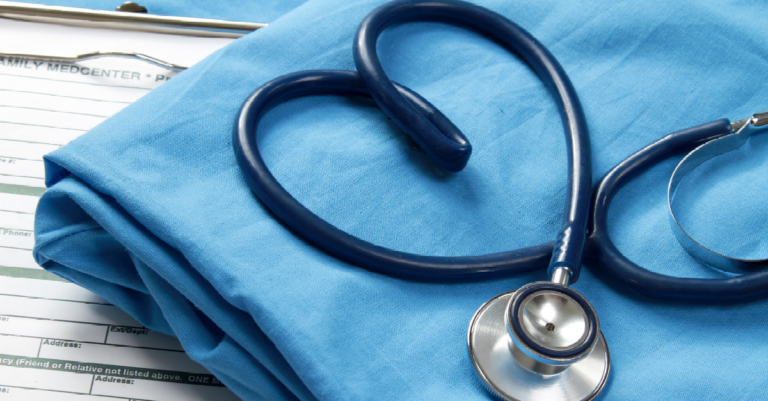
The University of Tennessee Health Science Center (UTHSC) sits in the heart of Memphis, one ... Read more
Written by: Stacy Smith
Published on: November 7, 2017

Republished with permission from here. Dr. Pablo Rodriguez, an OB/GYN, doesn’t have a typical office.Inside ... Read more
Written by: Anna Delamerced
Published on: September 27, 2017

No available or affordable program for your healthcare profession in your home state? Take heart! ... Read more
Written by: Margo Colalancia
Published on: September 15, 2017

Today I woke up groggy after a night of restless sleep. I tossed and turned ... Read more
Written by: Amy Rakowczyk
Published on: August 29, 2017

Maxine Mackintosh (BSc MSc) is a PhD student in data science at University College London, ... Read more
Written by: Gloria Onwuneme
Published on: August 2, 2017

Republished with permission from here. I spent one year working full-time as a pharmacy technician ... Read more
Written by: Sarayna Schock
Published on: July 26, 2017

Republished with permission from here. The future of American health care remains uncertain. It was ... Read more
Written by: Matt Agritelley
Published on: June 28, 2017

Updated February 15, 2022. The article was updated to correct formatting and minor grammatical errors. ... Read more
Written by: Guideline Central
Published on: May 16, 2017
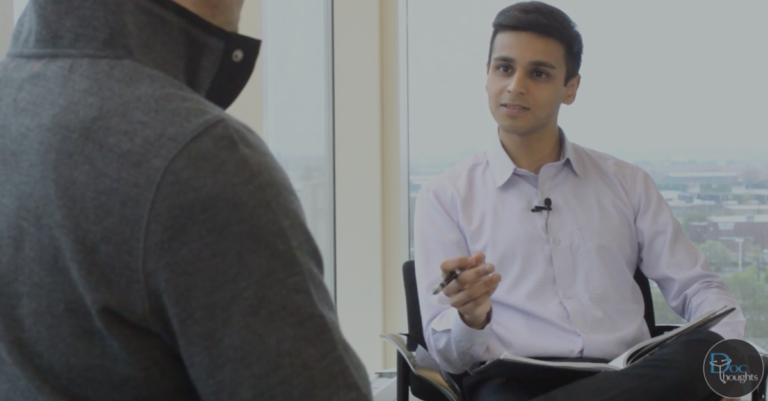
What is DocThoughts? Give us an intro. DocThoughts is a media platform that interviews thought ... Read more
Written by: Student Doctor Network
Published on: March 6, 2017

Reposted from here with permission. As a medical student, I always carry naloxone in my ... Read more
Written by: Jawad Husain
Published on: February 22, 2017
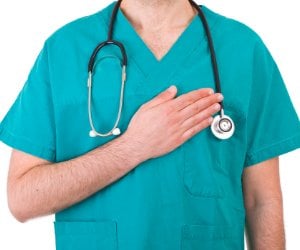
I am getting restless hearing about what may or may not happen to the Affordable ... Read more
Written by: Sumanth Kaja
Published on: February 21, 2017
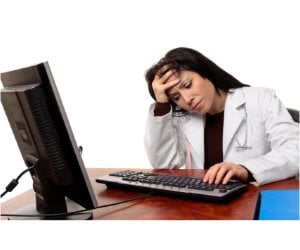
Electronic medical records were an inevitable advancement. Paper filing could only go so far, and ... Read more
Written by: MaryAnn Stolgitis
Published on: January 18, 2017

Republished with permission from here Black hellebore, a flower of the deepest black and with ... Read more
Written by: Arya Shah
Published on: December 21, 2016
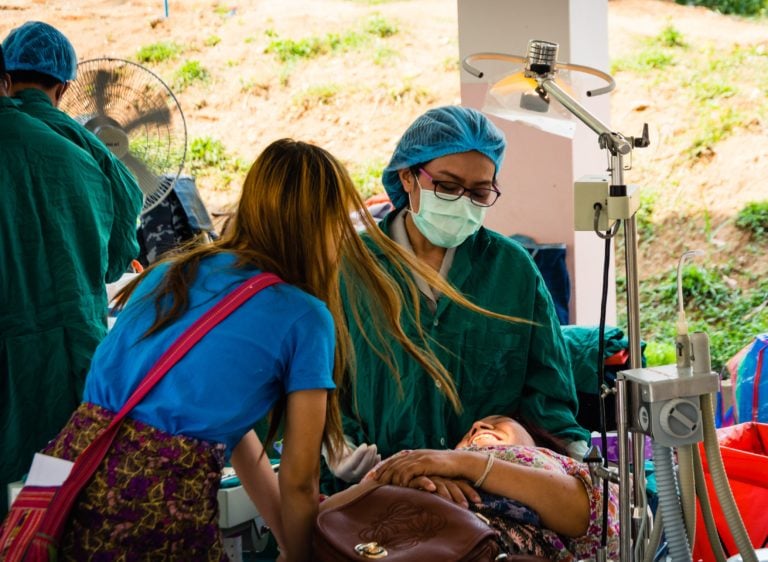
There are several different reasons that inspire people to volunteer, and these reasons can be ... Read more
Written by: Dronacharya Dave
Published on: November 8, 2016

Despite being on the top of a hill, the hospital was remarkably unimposing and unimpressive: ... Read more
Written by: Emma Cox
Published on: October 27, 2016

Although repeated to the point of being cliche, “to help people” is one of the ... Read more
Written by: Brian Wu
Published on: October 10, 2016

Reposted from here with permission The day Mr. Webster appeared on our service, I was late for ... Read more
Written by: Katelee Mueller
Published on: August 24, 2016